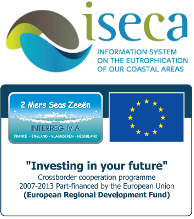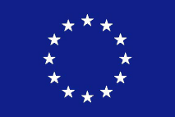Disentangling the roles of environmental change and natural environmental variability on biologically mediated ecosystem processes is paramount to predict future marine ecosystem functioning. Bioturbation, the biogenic mixing of sediments, has a regulating role in marine biogeochemical processes. However, our understanding of bioturbation as a community level process and of its environmental drivers is still limited by loose use of terminology, and a lack of consensus about what bioturbation is. To help resolve these challenges, this empirical study investigated the links between four different attributes of bioturbation (bioturbation depth, activity and distance, and biodiffusive transport); the ability of an index of bioturbation (BPc) to predict each of them; and their relation to seasonality, in a shallow coastal system – the Western Channel Observatory, UK. Bioturbation distance depended on changes in benthic community structure, while the other three attributes were more directly influenced by seasonality in food availability. In parallel, BPc successfully predicted bioturbation distance but not the other attributes of bioturbation. This study therefore highlights that community bioturbation results from this combination of processes responding to environmental variability at different time-scales. However, community level measurements of bioturbation across environmental variability are still scarce, and BPc is calculated using commonly available data on benthic community structure and the functional classification of invertebrates. Therefore, BPc could be used to support the growth of landscape scale bioturbation research, but future uses of the index need to consider which bioturbation attributes the index actually predicts. As BPc predicts bioturbation distance, estimated here using a random-walk model applicable to community settings, studies using either of the metrics should be directly comparable and contribute to a more integrated future for bioturbation research. |














